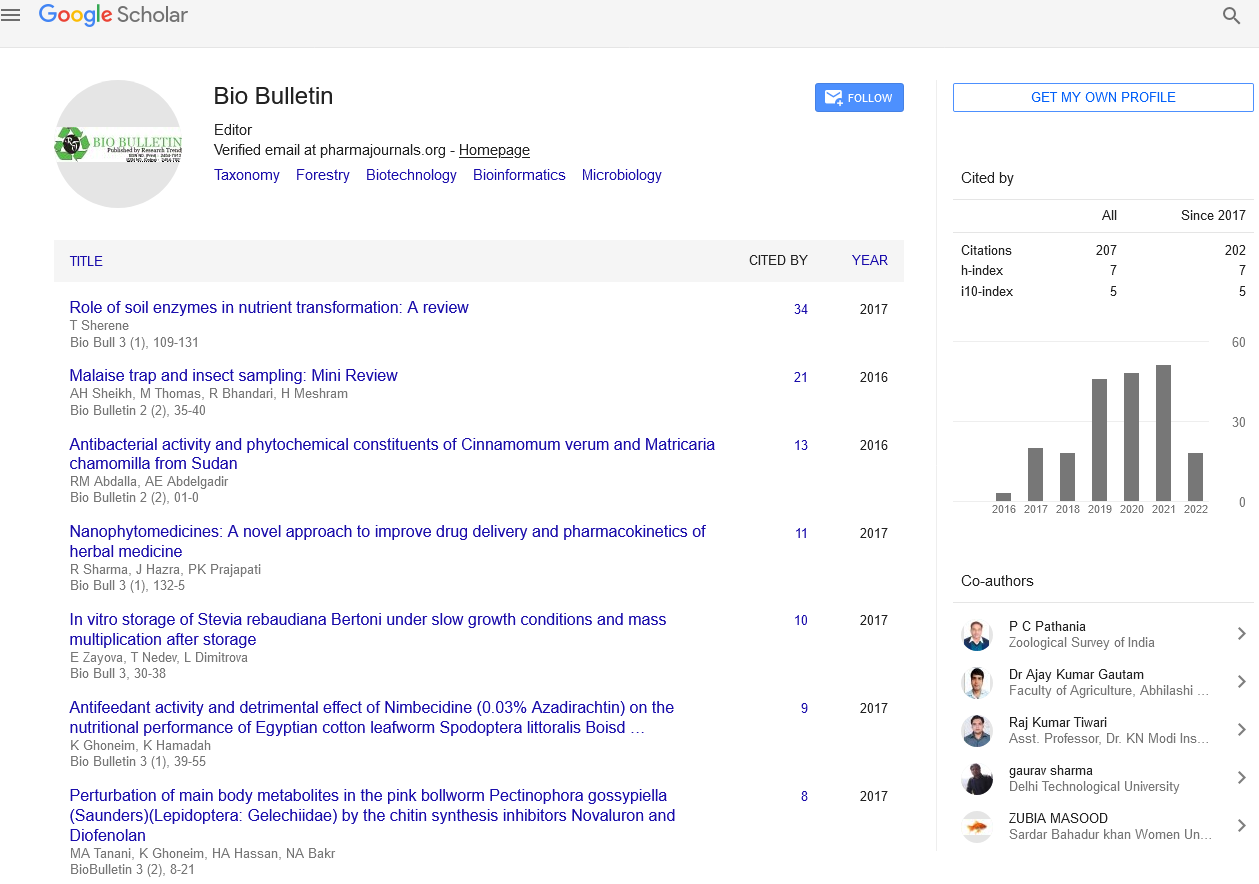Pros and Cons of Photodynamic Therapy (PDT) in a Cancer Treatment
Commentary Article - (2022) Volume 8, Issue 4
Description
With the help of particular medications, commonly referred to as photosensitizing agents and light, Photo Dynamic Therapy (PDT) kills cancer cells. The medications only function after being "switched on" or activated by specific types of light. PDT is also referred to as phototherapy, photo-radiation therapy, or photo-chemotherapy. The photosensitizing substance is either applied to the skin or injected into the bloodstream, depending on the area of the body being treated. The medicine is eventually taken up by the cancer cells over time. The treated area is then exposed to light. The medicine reacts to the light and creates a unique sort of oxygen molecule that kills the cells. PDT may also be beneficial since it alerts the immune system to attack the tumour and cuts off the blood supply to the cancer cells. The drug-to-light interval refers to the interval between the administration of the drug and the application of the light. Depending on the medicine taken, it could take from few hours to few days (Dougherty et al., 1988).
Certain types of lasers or light-emitting diodes provide the light for PDTs (LEDs). Depending on the cancer's nature and where it is found in the body, a certain type of light is used. PDT is typically performed as an outpatient operation, so the patient need not stay in hospital, but it might be combined with radiation therapy, chemotherapy, or other anti-cancer medications. Actinic keratosis, advanced cutaneous T-cell lymphoma, Barrett oesophagus, basal cell skin cancer, esophageal (throat) cancer, non-small cell lung cancer, and squamous cell skin cancer are among the conditions for which photodynamic treatment has FDA approval. Additionally, photodynamic therapy is used to treat the symptoms of certain tumors, such as esophageal cancer, which closes the throat, and non-small cell lung cancer, which limits the airways. Photosensitizers produce an oxygen radical, a type of oxygen that kills cells when they are exposed to a certain wavelength of light after having absorbed it. The tumor's blood vessels may be damaged by photodynamic therapy, which inhibits the tumour from receiving the blood it requires to continue growing. Additionally, it can cause the immune system to start attacking tumour cells elsewhere in the body (Dolmans, 2003).
Pros and Cons of PDT
Studies have demonstrated that PDT can be used to treat some tumours and pre-cancers just as effective as surgery or radiation therapy. It has some benefits, such as less intrusive than surgery, typically takes only a short time, and is most frequently performed as an outpatient procedure (Agostinis, 2011). When used properly, it has no long-term side effects. PDT is sometimes less expensive than other cancer therapies since it can be targeted extremely precisely; unlike radiation, it can be applied again at the same spot if necessary, and there is typically little to no scarring once the site heals (Kübler, 2005).
PDT is limited in that it can only treat areas that are visible to light. This means that it is mostly employed to treat conditions that are present on, just beneath, or in the lining of organs that can be illuminated. Because light cannot travel very far through bodily tissues, PDT cannot be used to treat large malignancies or tumours that have spread deep into the skin or other organs. Cancers that have disseminated to numerous locations cannot be treated with PDT. After PDT medications are injected or applied to the body, particular measures must be followed because the drugs make people extremely sensitive to light for a while. People with specific blood problems cannot use PDT (Daniell, 1991).
Conclusion
PDT carries the potential for side effects, just like any medical therapy. Both diseased and healthy cells are impacted by photosensitizing drugs, which increases the sensitivity to light even after treatment is over. After the surgery, one's skin and eyes can be more sensitive to light for up to three months. Other potential PDT adverse effects include swelling at or around the treated skin area, skin discoloration, scales, crusts, or blisters, itching, stinging, or burning, and skin infections. The following adverse effects are possible if one have PDT in the oesophagus:hiccups, swallowing issues, nausea and vomiting, dehydration, fever, and narrowing or scarring of the oesophagus, shortness of breath, fever, infections including pneumonia or bronchitis, and coughing up blood are among the risks of PDT for persons with non-small cell lung cancer.
References
Agostinis P, Berg K, Cengel KA, Foster TH, Girotti AW, Gollnick SO, et al. (2011). Photodynamic therapy of cancer: An update. CA Cancer J Clin. 61(4):250-281. [Crossref] [Google Scholar], [PubMed]
Daniell MD, Hill JS. (1991). A history of photodynamic therapy. ANZ J Surg. 61(5):340-348. [Crossref] [Google Scholar] [PubMed]
Dolmans DE, Fukumura D, Jain RK. (2003). Photodynamic therapy for cancer. Nat Rev Cancer. 3(5):380-387. [Crossref] [Google Scholar] [PubMed]
Dougherty TJ, Gomer CJ, Henderson BW, Jori G, Kessel D, Korbelik M, et al. (1998) Photodynamic therapy. J Natl Cancer Inst. 90(12):889-905. [Crossref] [Google Scholar] [PubMed]
Kübler AC. (2005). Photodynamic therapy. Med Laser App. 20(1):37-45. [Crossref] [Google Scholar]
Author Info
Stanisław Knap*Citation: Knap S (2022) Pros and Cons of Photodynamic Therapy (PDT) in a Cancer Treatment. Bio Bulletin, 8(4): 01-02.
Received: 11-Nov-2022, Manuscript No. BIOBULLETIN-22-84155; , Pre QC No. BIOBULLETIN-22-84155; Editor assigned: 14-Nov-2022, Pre QC No. BIOBULLETIN-22-84155; Reviewed: 28-Nov-2022, QC No. BIOBULLETIN-22-84155; Revised: 05-Dec-2022, Manuscript No. BIOBULLETIN-22-84155; Published: 12-Dec-2022, DOI: 10.35248/2454-7913.22.8.103
Copyright: This is an open access article distributed under the terms of the Creative Commons Attribution License, which permits unrestricted use, distribution, and reproduction in any medium, provided the original work is properly cited.

